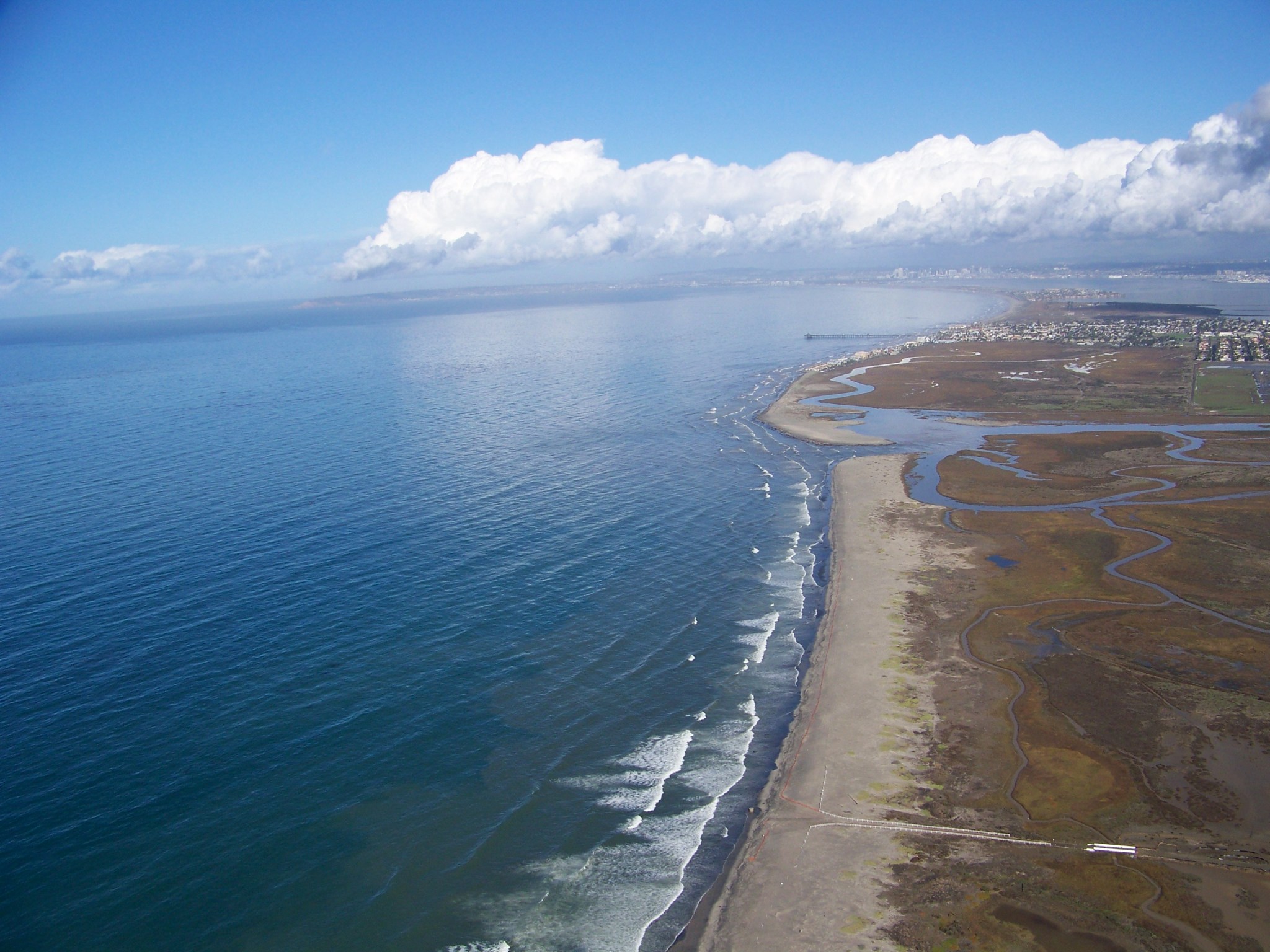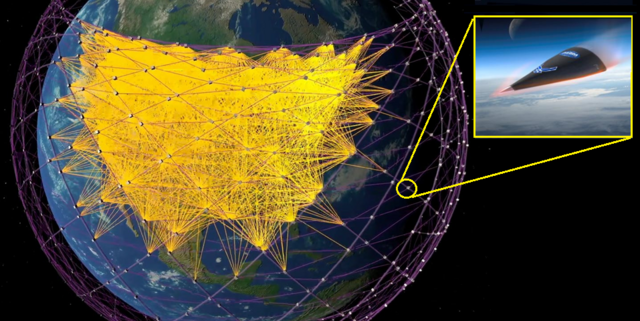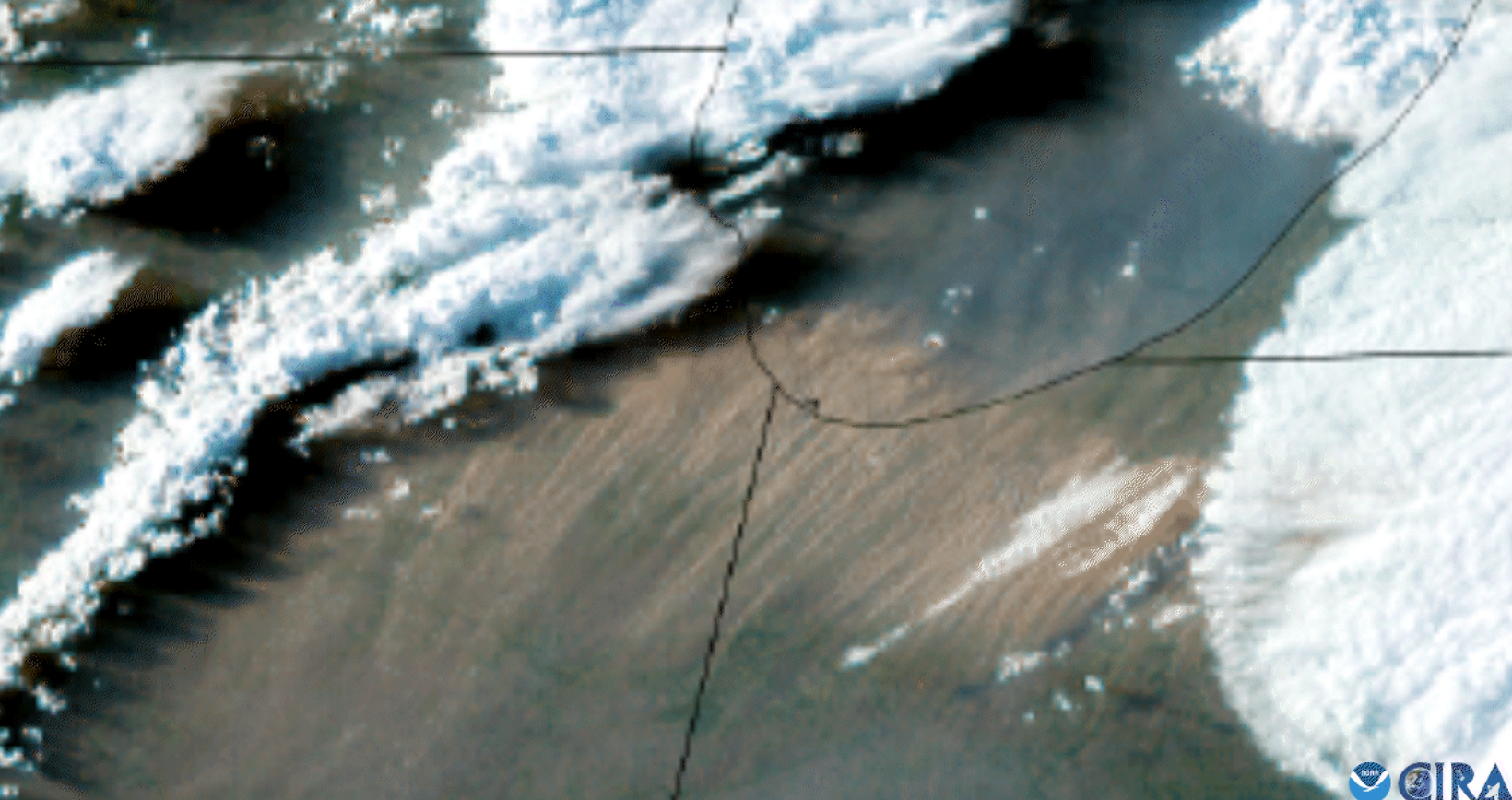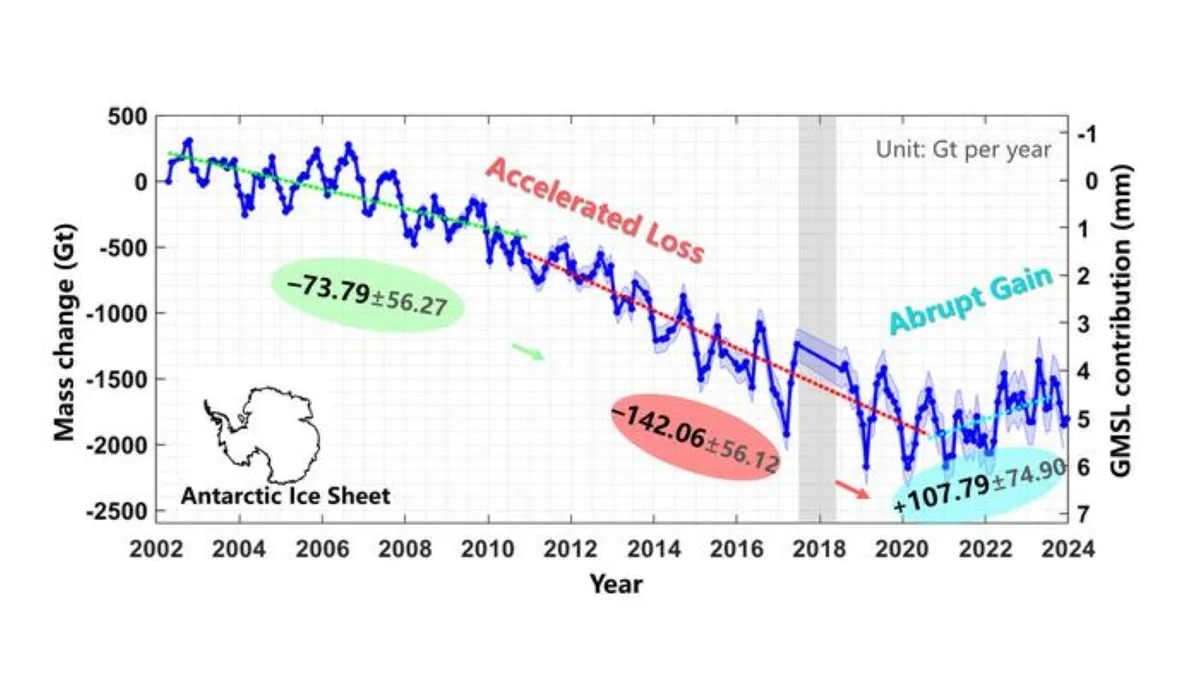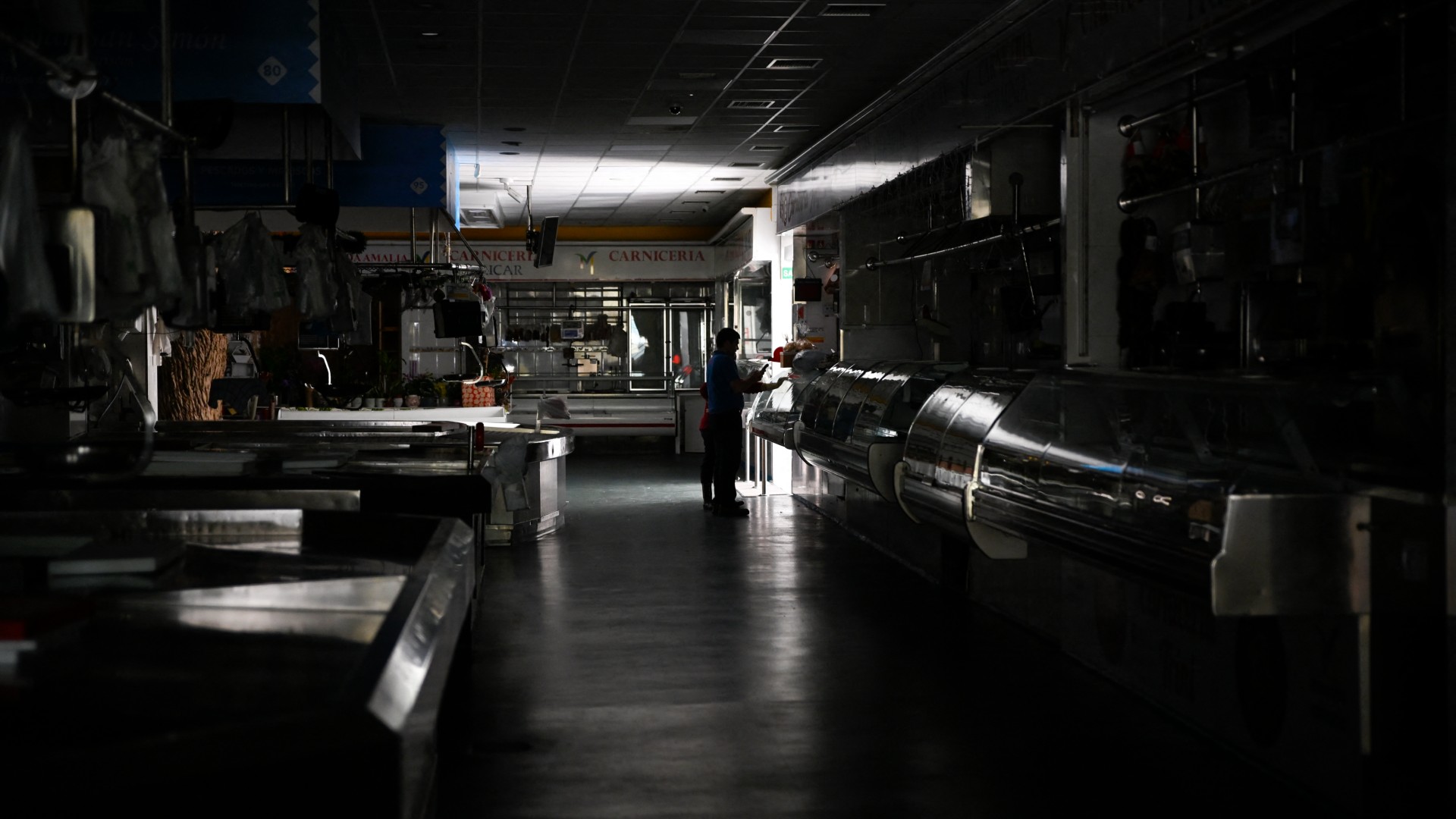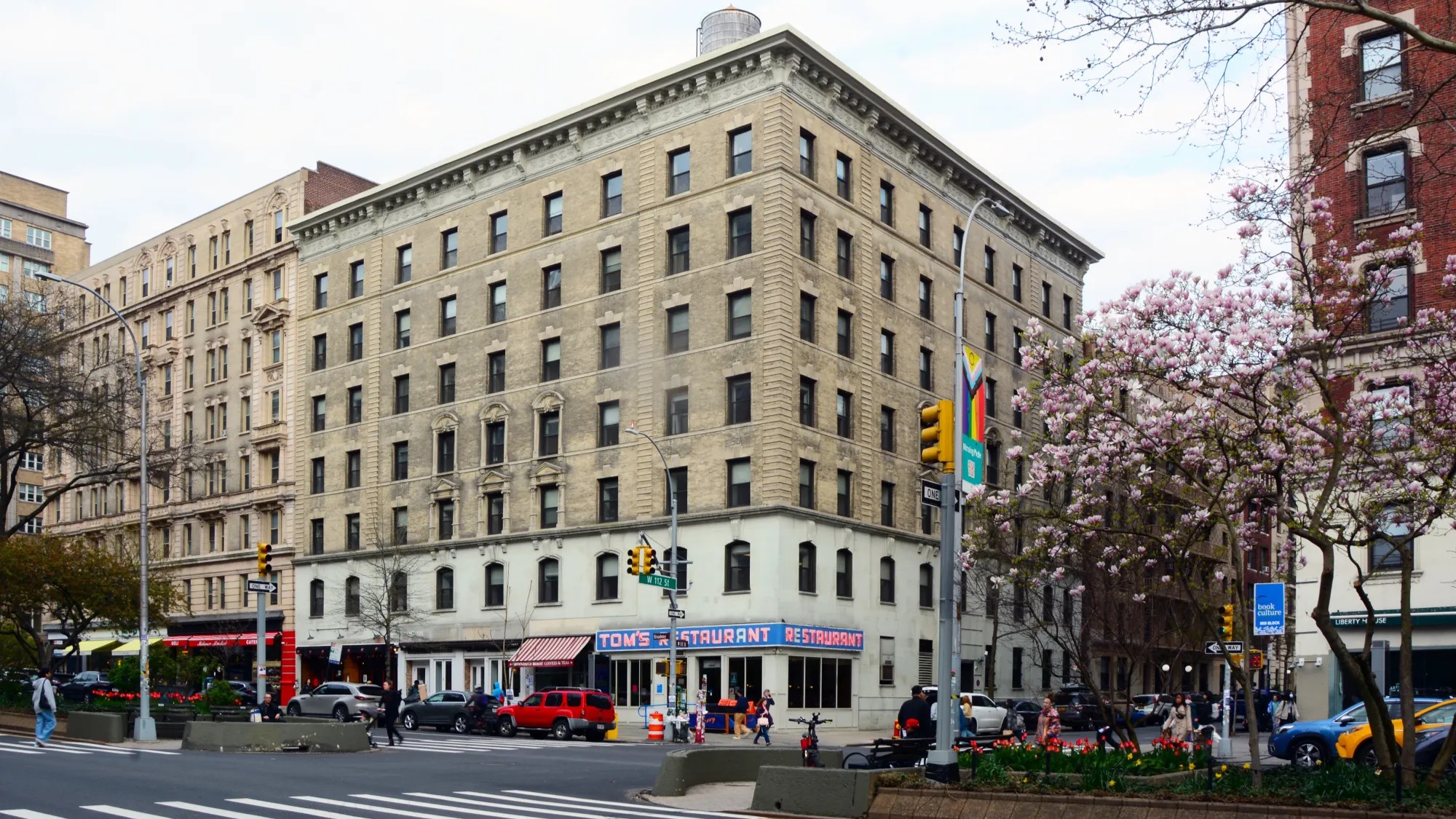4 min read Preparations for Next Moonwalk Simulations Underway (and Underwater) Instruments in space are helping scientists map wastewater plumes flowing into the Pacific Ocean from the heavily polluted Tijuana River, seen here with the San Diego sky-line to the north. NOAA Proof-of-concept results from the mouth of the Tijuana River in San Diego County show how an instrument called EMIT could aid wastewater detection. An instrument built at NASA’s Jet Propulsion Laboratory to map minerals on Earth is now revealing clues about water quality. A recent study found that…
Read MoreTag: Earth
Golden Dome: An aerospace engineer explains the proposed US-wide missile defense system
This article was originally published at The Conversation. The publication contributed the article to Space.com’s Expert Voices: Op-Ed & Insights. Iain Boyd is a professor of aerospace engineering sciences at the University of Colorado Boulder. President Donald Trump announced a plan to build a missile defense system, called the Golden Dome, on May 20, 2025. The system is intended to protect the United States from ballistic, cruise and hypersonic missiles, and missiles launched from space. Trump is calling for the current budget to allocate US$25 billion to launch the initiative,…
Read MoreIt’s been nearly a century since Chicago saw a powerful dust storm like this (photos)
In mid-May, a giant wall of dust paraded across parts of the U.S. Midwest, and, thanks to the National Oceanic and Atmospheric Administration (NOAA)’s Geostationary Operational Environmental Satellite (GOES) East satellite, we were able to follow along. In mid-May, a giant wall of dust paraded across parts of the U.S. Midwest, and, thanks to the National Oceanic and Atmospheric Administration (NOAA)’s Geostationary Operational Environmental Satellite (GOES) East satellite, we were able to follow along. The GOES-19 spacecraft, which has been in space for less than a year after launching in…
Read MoreNASA satellites show Antarctica has gained ice despite rising global temperatures. How is that possible?
Antarctica has gained ice in recent years, despite increasing average global temperatures and climate change, a new study finds. Using data from NASA satellites, researchers from Tongji University in Shanghai tracked changes in Antarctica’s ice sheet over more than two decades. The overall trend is one of substantial ice loss on the continent, but from 2021 to 2023, Antarctica gained some of that lost ice back. However, this isn’t a sign that global warming and climate change have miraculously reversed. Picture a long ski slope with a small jump at…
Read MoreWhen lightning bolts collide, do they unleash powerful gamma-ray flashes?
The most powerful explosions in the known universe come from what are known as gamma-ray bursts — though they may not sound particularly exciting, scientists usually speak about these incredible blasts of electromagnetic radiation in the same breath as giant collapsing stars and black holes. We’ve catalogued quite a few of these events since the 1960s, and even used them to help us understand more about galaxy superclusters, but one particular kind of gamma-ray burst has remained somewhat of a mystery. It’s called a terrestrial gamma-ray flash (TGF), and it…
Read MoreSolar storms and cyberattacks can both cause blackouts. Knowing the difference could save billions of dollars
Space weather and cyberattacks can cause similar disruption to our civilization’s indispensable technology systems. Telling one from the other swiftly and reliably can make billions of dollars’ worth of difference to economies that could grind to a halt when such disruptions occur. Shortly after noon on April 28, the whole of Europe’s Iberian Peninsula plunged into darkness. An unknown incident shut down power grids serving Spain, Portugal and parts of Southern France. In an instant, the working day was over for millions of people as anything not powered by a…
Read MoreNASA Satellite Images Could Provide Early Volcano Warnings
5 min read Preparations for Next Moonwalk Simulations Underway (and Underwater) Chaitén Volcano in southern Chile erupted on May 2, 2008 for the first time inn 9,000 years. NASA satellites that monitor changes in vegetation near volcanoes could aid in earlier eruption warnings. Jeff Schmaltz, MODIS Rapid Response Team, NASA Goddard Space Flight Center Scientists know that changing tree leaves can indicate when a nearby volcano is becoming more active and might erupt. In a new collaboration between NASA and the Smithsonian Institution, scientists now believe they can detect these changes…
Read MoreTrump administration cancels lease for NASA’s Goddard Institute for Space Studies lab in New York City
It would appear that the latest wave of U.S. federal program cuts fueled by the Trump administration has affected NASA’s Goddard Institute for Space Studies (GISS) lab in New York City, a branch of the agency dedicated to studying climate change and other Earth sciences. On Friday (April 25), news outlets such as CNN and SpaceNews reported that GISS’s lease on office space in a Columbia University building in Manhattan’s Upper West Side is set to be canceled. According to SpaceNews, an April 24 email sent to Goddard employees and…
Read MoreNASA Airborne Sensor’s Wildfire Data Helps Firefighters Take Action
5 min read Preparations for Next Moonwalk Simulations Underway (and Underwater) NASA’s AVIRIS-3 airborne imaging spectrometer was used to map a wildfire near Cas-tleberry, Alabama, on March 19. Within minutes, the image was transmitted to firefighters on the ground, who used it to contain the blaze. NASA/JPL-Caltech, NASA Earth Observatory The map visualizes three wavelengths of infrared light, which are invisible to the human eye. Orange and red areas show cooler-burning areas, while yellow indicates the most intense flames. Burned areas show up as dark red or brown. NASA/JPL-Caltech, NASA…
Read MoreThe newest GOES weather satellite in NOAA’s fleet is now fully operational (video)
The final satellite in NOAA’s GOES-R weather satellite series has a new place in orbit … and a new name. The GOES-19 weather satellite, which launched into orbit in June 2024, has officially taken the place of its predecessor GOES-16 to watch over the Western Hemisphere from its perch 22,236 miles (35,785 kilometers) above us. To mark the milestone, the satellite has the new name of GOES East to serve as the dominant geostationary satellite in the fleet, NOAA officials said in a statement. “With GOES-19 now in operation, NOAA…
Read More